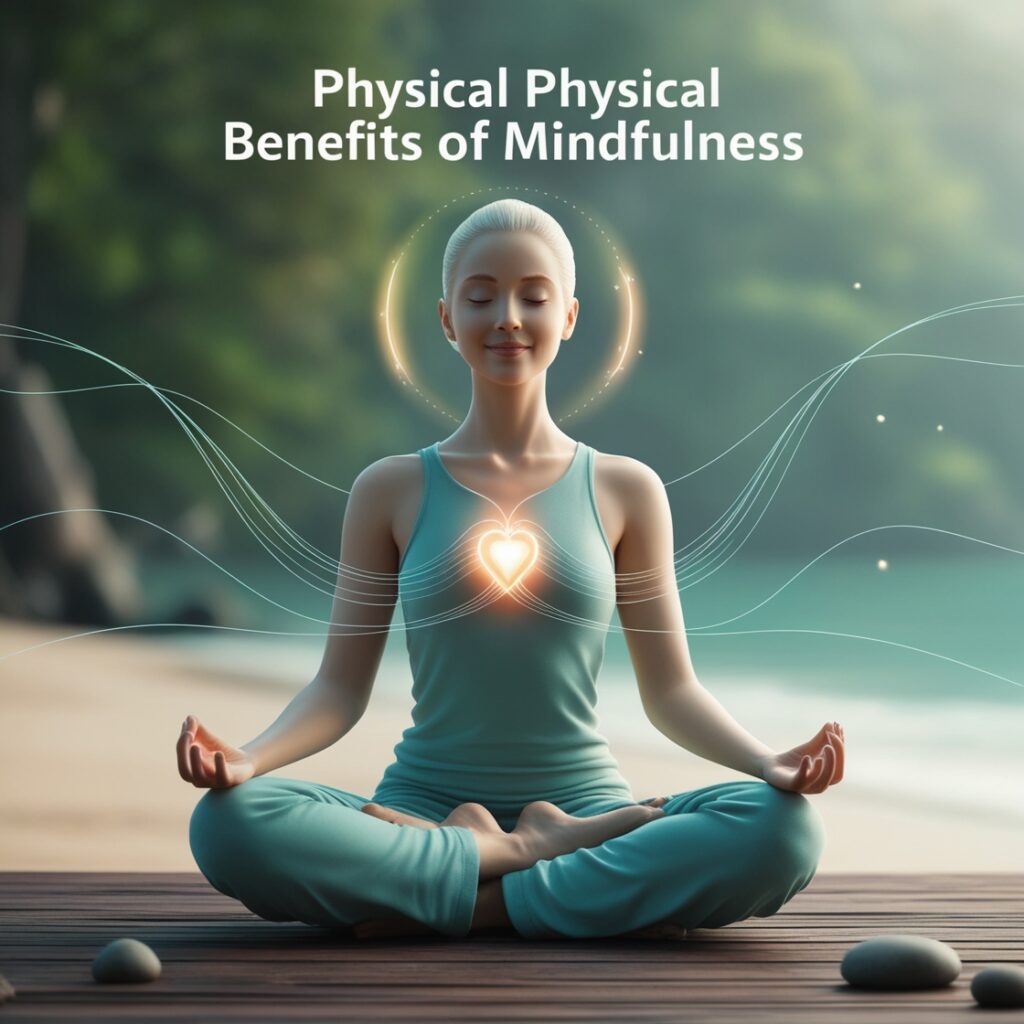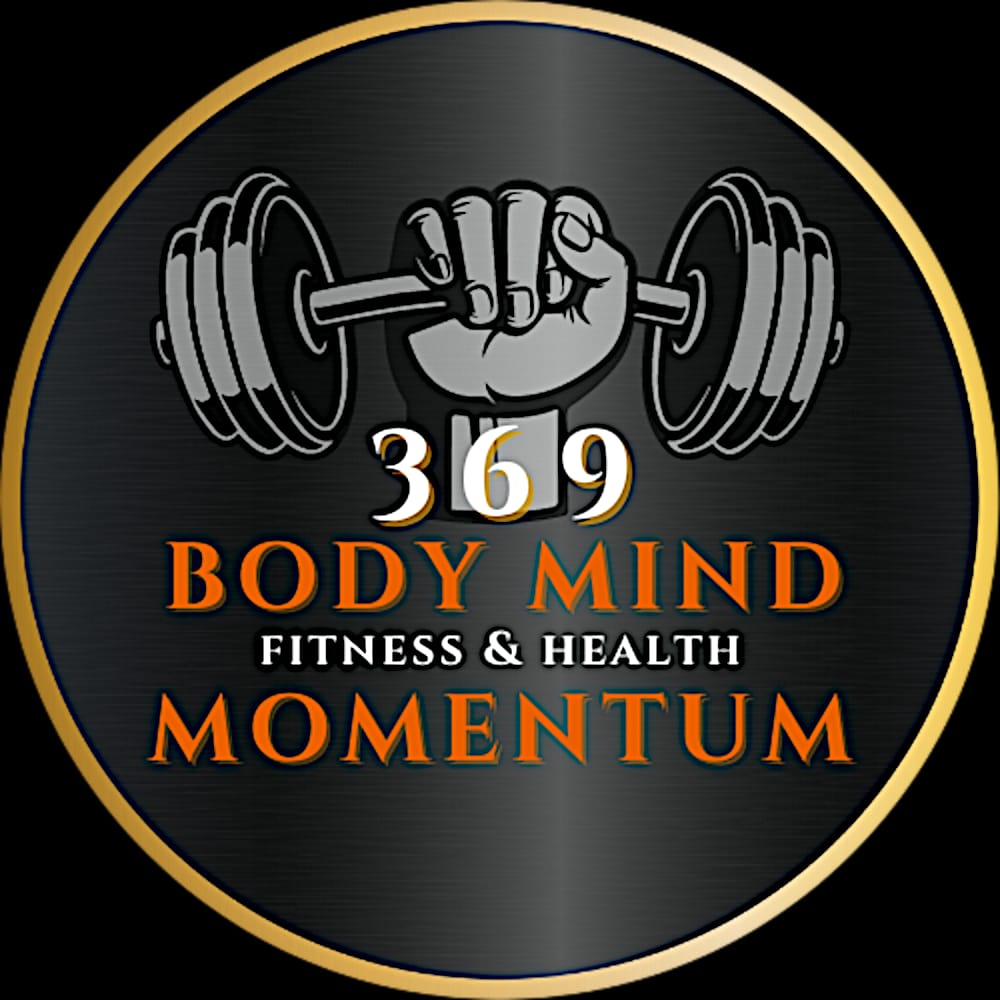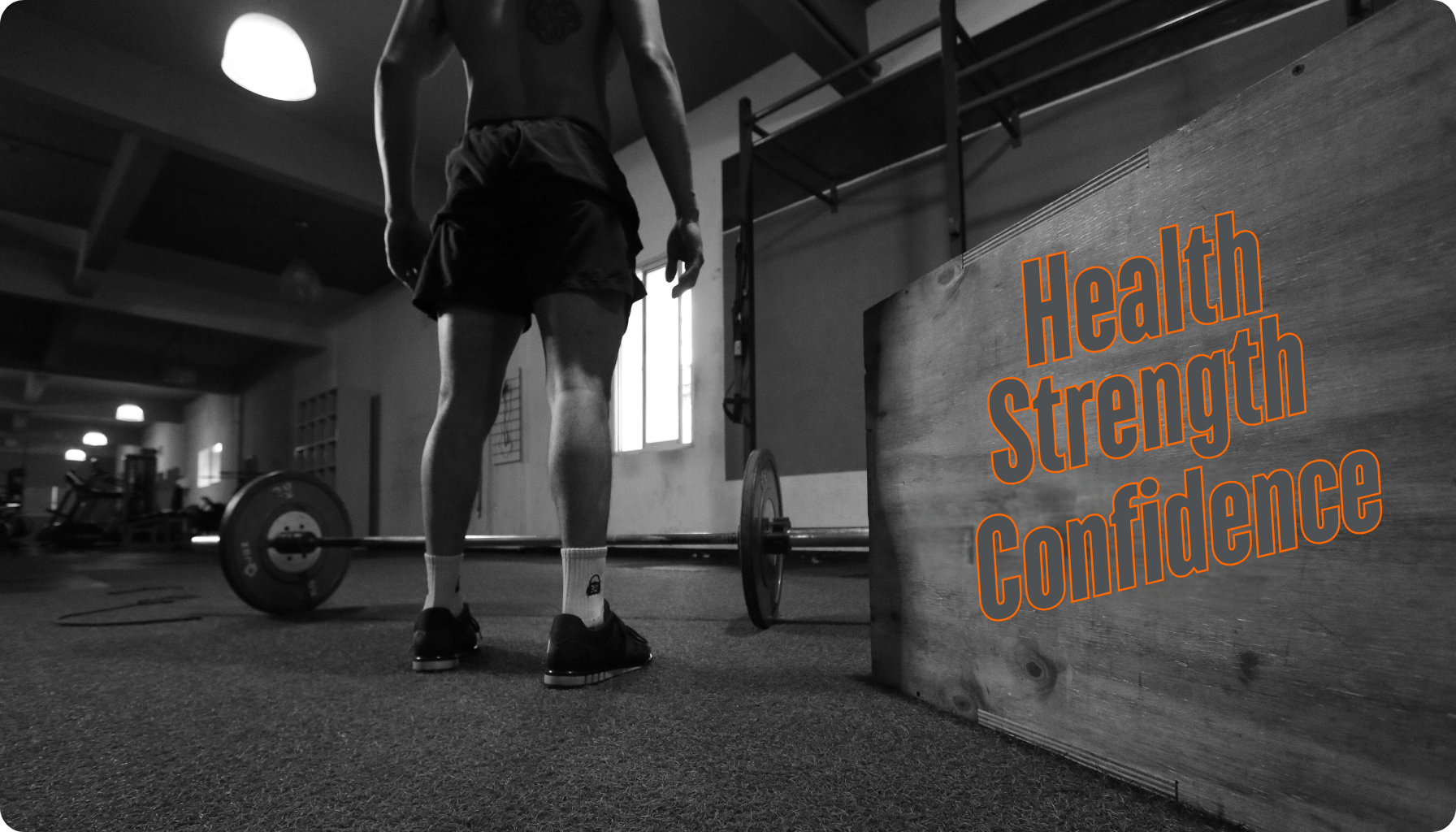Have you ever felt like your mind is constantly racing, juggling endless tasks, and never quite at peace? I used to feel the same way, caught in a whirlwind of stress and overthinking. But then I discovered mindfulness—a practice that has not only calmed my mind but also transformed my body in ways I never imagined.
Imagine waking up each day with a sense of calm and clarity, feeling connected to your body and at ease with your thoughts. Mindfulness offers this gift, allowing us to live fully in the present moment, nurturing both our mental and physical health. In today’s fast-paced world, stress has become an all-too-common companion. But what if there was a simple, yet powerful way to shift from stress to serenity?
Mindfulness offers us just that—a practice that nurtures both the mind and body, leading to a more balanced and peaceful life. And when combined with the principles of the 369 method, mindfulness takes on an even deeper significance. Inspired by Nikola Tesla’s belief in the power of energy, vibration, and frequency, the 369 method provides a framework for aligning your inner world with the universe. Together, mindfulness and the 369 method offer a pathway to enhancing your mind, body, and spirit, transforming your life from the inside out.

Understanding Mindfulness: More Than Just Meditation
When I first heard about mindfulness, I thought it was something you could only do while sitting cross-legged on a meditation cushion, eyes closed, in perfect silence. But as I began to explore it more, I realized that mindfulness is not confined to meditation sessions. It’s a way of living that can be woven into the fabric of our everyday lives. You don’t have to carve out hours of your day or retreat to a quiet place to practice mindfulness. You can practice it anywhere—while washing dishes, walking in the park, or even during a conversation with a friend.
For me, this realization was a game-changer. I started paying more attention to the little things I did daily. As I sipped my morning coffee, I noticed the warmth of the cup in my hands, the rich aroma, the taste on my tongue. When I walked, I tuned in to the feeling of my feet hitting the ground, the rhythm of my breath, the sounds around me. These small moments of awareness began to shift how I experienced my day. Instead of rushing through tasks on autopilot, I found myself more engaged, more present, and surprisingly, more at peace.
But what does it mean to be mindful? It’s not about forcing yourself to think positive thoughts or shutting down negative ones. Instead, it’s about observing your thoughts as they come and go, without judgment, and gently bringing your attention back to the present moment. Imagine your mind is like a busy street, with thoughts as the cars passing by. Mindfulness is about standing on the sidewalk, watching the cars, without trying to stop them or getting caught up in their speed. It’s a practice of letting go—letting go of the need to control every thought, every emotion, and simply allowing them to be.
This simple act of observing without judgment has had profound effects on my mental and emotional well-being. I used to be someone who got easily caught up in stress—whether it was worrying about the future or dwelling on past mistakes. But mindfulness has taught me to step back, to breathe, and to focus on the here and now. By doing so, I’ve noticed that my stress levels have decreased significantly. It’s like a weight has been lifted from my shoulders. I’m able to concentrate better, think more clearly, and handle challenges with greater resilience.
Mindfulness isn’t just about finding peace in the calm moments; it’s about cultivating inner peace even in the midst of chaos. It’s about learning to navigate life’s ups and downs with a steady mind and an open heart. And the best part? It’s a skill that anyone can develop, with just a little bit of practice and patience. By integrating mindfulness into everyday activities, we can start to see improvements in our mental clarity, emotional stability, and overall quality of life.
It’s a journey—a journey of becoming more present, more aware, and ultimately, more connected to ourselves and the world around us.
The Mental Benefits of Mindfulness

When I first began practicing mindfulness, I was primarily focused on its physical benefits. But as I delved deeper, I discovered that the true magic of mindfulness lies in its profound impact on the mind.
The mental benefits are transformative, touching every aspect of how we think, feel, and interact with the world. Let’s explore how mindfulness can reshape our mental landscape.
Reduces Stress and Anxiety
For as long as I can remember, stress and anxiety were like unwelcome companions, always lurking in the background of my life. I would often find myself overwhelmed by worries—sometimes about things that hadn’t even happened yet. But mindfulness taught me something crucial: stress and anxiety often stem from our mind’s tendency to dwell on the past or fret about the future. By practicing mindfulness, I learned to anchor myself in the present moment, and in doing so, I found that my stress and anxiety began to fade.
Mindfulness works by gently guiding us back to the here and now. When I feel the familiar pang of anxiety, I pause and take a deep breath. I focus on the sensation of the air filling my lungs, the rise and fall of my chest. I remind myself that, in this very moment, I am safe, I am okay. This simple shift in focus—away from what might be to what is—has a powerful calming effect on the mind. It’s like flipping a switch, turning down the volume on my worries, and turning up the volume on peace.
By consistently practicing mindfulness, I’ve noticed that I’m no longer as reactive to stressors. The things that once triggered my anxiety—crazy traffic, unexpected challenges, or even minor inconveniences—no longer have the same grip on me. I’ve developed a mental resilience, a steady calm that allows me to approach life’s challenges with a clearer, more composed mind. And it’s not just me; research has shown that mindfulness can reduce the production of cortisol, the stress hormone, helping our bodies and minds to relax naturally.
Enhances Focus and Clarity
In today’s world, where we’re constantly bombarded by information and distractions, maintaining focus can feel like an uphill battle. I used to struggle with this, often finding my mind scattered and my productivity suffering as a result. But mindfulness has been a game-changer in this regard. It has taught me how to harness the power of focus, enabling me to think more clearly and stay on task.
One of the core principles of mindfulness is training the mind to concentrate on one thing at a time. When I sit down to work or engage in any task, I make a conscious effort to bring my full attention to what I’m doing. If my mind starts to wander, which it inevitably does, I don’t get frustrated or try to force myself back. Instead, I gently guide my attention back to the task at hand, just as you might gently steer a drifting boat back on course. This simple practice has dramatically improved my ability to focus. I also try to think of the positive outcome once my work is complete. It’s that dopamine reward we all crave.
As I’ve deepened my mindfulness practice, I’ve noticed that my thoughts are clearer and more organized. It’s as if the mental fog has lifted, revealing a sharpness and clarity that I didn’t even realize I was missing. This clarity extends beyond just work or tasks; it’s about having a clearer perspective on life, making decisions with greater confidence, and feeling more in tune with my own thoughts and emotions. My diet also plays a roll in my mental clarity.
I try to eat as close to a carnivore diet as possible. Or maybe just a low carb diet, because I do like my pastas and pizzas once in awhile. Eating eggs with no toast, that’s also very hard for me, but I limit myself to only one piece. So low carbs and low sugar, helped me gain more focus and clarity.
Mindfulness doesn’t just improve focus in the moment; it enhances our overall cognitive abilities over time. Studies have shown that regular mindfulness practice can actually increase grey matter in areas of the brain associated with memory, learning, and emotional regulation. So not only am I more focused in my day-to-day activities, but I’m also building a brain that’s better equipped to handle life’s demands. Especially when one is aging.
By integrating mindfulness into my life, I’ve experienced firsthand the mental benefits it offers. It’s more than just a practice; it’s a way of being that reduces stress, enhances focus, and brings a sense of clarity and peace to the mind. And the best part? These benefits are accessible to anyone, with just a little bit of mindful attention each day.
Improves Emotional Regulation
Before I began practicing mindfulness, my emotions often felt like a roller coaster—unpredictable and hard to control. Very hard to control. I’d react impulsively to situations, sometimes regretting my words or actions later. It wasn’t that I didn’t care about how I responded; I just didn’t know how to manage the intensity of my emotions in the heat of the moment.
Stress just keeps building up in my subconscious mind. Its that background noise I am trying to ignore, like my kids constantly running, banging, yelling, fighting until I explode. I wasn’t even aware of my feelings until I burst. But mindfulness has shown me a different way, one where I can observe my emotions without being swept away by them.
Mindfulness teaches us to approach our emotions with curiosity and compassion rather than judgment or fear. When I feel a strong emotion rising—whether it’s anger, sadness, or even joy—I’ve learned to pause and simply notice it. Instead of reacting immediately, I take a moment to acknowledge the emotion.
Which is very hard for me having two boys very young that never listen to me. I have to get angry at them so that they will listen to me. So I step back and I might think, “I’m feeling angry right now,” and just sit with that feeling for a moment. This pause creates a space between the emotion and my reaction, allowing me to choose how I want to respond rather than letting the emotion dictate my actions. After all it’s not their fault, they are little kids, doing their job to make parenting as difficult as possible.
Over time, this practice has helped me become much more emotionally resilient. I’m no longer at the mercy of my emotions; instead, I can navigate them with greater ease and understanding. Not all the time of course, but I am constantly working on bettering myself to always be aware. For example, if I feel irritated or upset, I’ve learned to take a few deep breaths, ground myself in the present moment, and then respond in a way that aligns with my values rather than my immediate emotional impulse.
This shift has improved my relationships, reduced conflicts, kept my blood pressure in check and made me feel more in control of my emotional world. Which is very hard to do in today’s world. Even watching the news gets me fired up or even a short line at the grocery store check-out makes me start to boil inside. But, I keep practicing everyday, to not let stupid or negative things get the better of me.
Moreover, mindfulness has taught me that emotions, like thoughts, are temporary. They come and go, like waves in the ocean. By observing my emotions mindfully, I’ve realized that they don’t last forever and that I don’t have to act on every feeling that arises. This awareness has been incredibly empowering, giving me the tools to regulate my emotions effectively and maintain a sense of inner calm even during challenging times. I find the one thing that really helps me, is to close my eyes and breathe for a moment. People at times, just forget to breathe.
If you want to learn more about breathing techniques, click here.
The beauty of mindfulness is that it doesn’t ask us to suppress our emotions or pretend they don’t exist. Instead, it encourages us to embrace them fully, to understand them, and to respond to them with greater wisdom and compassion. This ability to regulate emotions mindfully is perhaps one of the most profound benefits of the practice, leading to a more balanced, peaceful, and emotionally fulfilling life.
The Physical Benefits of Mindfulness
As I’ve deepened my mindfulness practice, I’ve come to realize just how profoundly interconnected the mind and body truly are. While mindfulness is often celebrated for its mental and emotional benefits, its impact on physical health is equally powerful. For example when my blood pressure spikes, which is a heightened emotional state for me, not a major heart problem. Let’s just call it hypertension, or I’m just too sensitive to things.
I have a short fuse and there are days that everything and everyone bother me. So, this in return affects my physical state. Pain here, pains there, all in my head. That’s what the mind can do to you. Negative ideas, worried thoughts in your mind all have a profound impact on the physical body. Let’s look at the positive aspect. When we nurture our minds through mindfulness, our bodies reap the rewards as well. Let’s dive into how mindfulness can positively transform your physical well-being.

Reduces Physical Tension and Pain
One of the first physical changes I noticed after incorporating mindfulness into my daily routine was a significant reduction in physical tension. Like many people, I carried stress in my shoulders, neck, and back—so much so that I didn’t even realize how tense I was until I started paying attention. Working at my computer for example, I often noticed my shoulders are shruged up and all tense. Who knows how long I’ve been in that state of tension, but I found that mindfulness taught me to become more aware of my body and its signals. Through mindful awareness, I learned to notice when I was tensing up and, more importantly, how to release that tension.
Mindfulness encourages us to tune in to our physical sensations without judgment. When I feel tension creeping into my shoulders or a dull ache in my lower back, I pause and bring my full attention to that area. I focus on the sensation, breathing into it, and then consciously relax the muscles. This simple act of awareness and relaxation has made a huge difference in how I experience and manage physical discomfort. Instead of letting tension build up throughout the day, I now have the tools to address it as it arises, leading to a more relaxed and comfortable body.
But the benefits of mindfulness go beyond just relieving everyday tension. For those who suffer from chronic pain, mindfulness can be a game-changer. By bringing attention to the pain without judgment and without trying to resist it, mindfulness helps us to experience the pain in a different way. It doesn’t necessarily make the pain disappear, but it changes our relationship with it. I’ve found that by observing pain mindfully—acknowledging it without letting it take over—I’m able to manage it better and reduce its impact on my daily life.
Boosts Immune Function
Another surprising benefit of mindfulness is its ability to strengthen the immune system. It may sound almost too good to be true, but science backs it up. When I started practicing mindfulness regularly, I didn’t expect it to affect my physical health so directly. However, over time, I noticed that I was getting sick less often, and when I did catch a cold or feel under the weather, my recovery was quicker than before.
It’s that typical scenario, you start with a runny nose and a slight cough and then you say to yourself, “Oh, no, I’m starting to catch a cold.” Then you say to yourself “I’m going to be sick this week, I won’t even be able to go to work like this.” So, what happens? The inevitable, you get sick and call in sick that week!
This is a prime example of you making affirmations and negative suggestions in your own mind leading to the only outcome possible, you getting sick. Instead you should have said, “I’m not sick, I feel great, I have a strong immune system, therefore there is no possible way I can get sick.” By addressing a more positive approach to your runny nose the outcome will go in a positive direction. Not giving in to the obvious runny nose and cough, you can overcome your state by simply believing it not to be true!
The link between mindfulness and immune function lies in the body’s stress response. When we’re stressed, our bodies release cortisol and other stress hormones that can suppress the immune system, making us more susceptible to illness. Mindfulness helps to reduce stress and, in turn, lowers the levels of these hormones in our bodies. By fostering a state of relaxation and calm, mindfulness allows our immune system to function more effectively.
I also found that mindfulness helps me to listen more closely to my body’s needs. When I’m feeling run down or on the verge of getting sick, I’m more likely to notice the early signs—like fatigue or a slight sore throat—and take action to support my health. Whether that means getting extra rest, staying hydrated, taking some extra vitamins or practicing gentle self-care, mindfulness has made me more attuned to what my body needs to stay healthy.
Promotes Better Sleep
If there’s one thing I’ve struggled with over the years, it’s sleep. Like many people, I used to lie awake at night, my mind racing with thoughts about the day that had passed or the challenges that awaited me tomorrow. I have this problem of always overthinking everything. It was as if my body was tired, but my mind refused to shut down. This ongoing battle with sleeplessness left me feeling exhausted and drained.
Mindfulness has been a true lifesaver when it comes to sleep. By calming the mind, mindfulness creates the ideal conditions for a restful night’s sleep. Now, before bed, I often practice a few minutes of mindful breathing or a body scan meditation. I focus on my breath, letting go of the day’s worries, and gradually shift my attention to each part of my body, releasing any tension I find along the way. I start with my head then the eyes and face releasing tension in every muscle , working my way down all the way to my feet.
You relax by first contracting your muscles then releasing them once or twice. Like I said start with your face, contract then release and work your way to your arms, make a fist squeeze your arms then release. Apparently this method was used by soldiers who had to sleep outside in the middle of nowhere in a war-zone. By applying this contract/release method they were able to get some shut eye, even given their surroundings. This practice helps me to unwind mentally and physically, making it easier to fall asleep and stay asleep.
Since adopting this routine, I’ve noticed a dramatic improvement in my sleep quality. I wake up feeling more refreshed and energized, ready to take on the day. And because mindfulness has reduced my overall stress levels, I’m less likely to wake up in the middle of the night with anxious thoughts. For anyone struggling with sleep, I can’t recommend mindfulness enough. It’s a gentle, natural way to quiet the mind and prepare the body for deep, restorative rest. You can also start to experiment with lucid dreaming. Meaning you take control of your thoughts even while sleeping.
Mindfulness is so much more than a mental practice—it’s a holistic approach to health that benefits the entire body. By reducing physical tension and pain, boosting immune function, and promoting better sleep, mindfulness helps us to live more comfortably and healthily in our bodies. These physical benefits, combined with the mental and emotional improvements, make mindfulness a truly transformative practice that can enhance every aspect of our well-being.
Bringing Mindfulness into Your Daily Life
Incorporating mindfulness into your routine doesn’t require a complete lifestyle overhaul. With the 369 method in mind, here are some simple ways to start practicing mindfulness every day:
| Mindfulness Practice | How to Do It |
| 369 Breathing Technique | Inhale for 3 seconds, hold for 6 seconds, and exhale for 9 seconds. Repeat this cycle three times to balance energy and calm the mind. |
| 3-Minute Morning Meditation | Spend 3 minutes each morning in mindful meditation, setting positive intentions for the day. This helps align your energy (3) with your daily vibration (6) and overall frequency (9). |
| Mindful Breathing | Practice mindful breathing using the 369 method: Inhale for 3 seconds, hold for 6 seconds, exhale for 9 seconds. This can be done anytime throughout the day to restore calm and focus. |
| Body Scan | Perform a body scan by focusing on each part of your body, starting from your head and moving down to your feet. Visualize releasing tension in each area, aligning your body’s energy with the 369 principle. |
| 9-Second Pause | Before reacting to a stressful situation, take a 9-second mindful pause. This allows you to respond thoughtfully, maintaining a high-frequency state of calm and control. |
| 6-Minute Evening Wind-Down | Spend 6 minutes in the evening engaging in mindful stretching or gentle yoga. Focus on slow, deliberate movements and deep breathing, preparing your mind and body for restful sleep. |

Expanded Descriptions
1. 369 Breathing Technique:
The 369 Breathing Technique is designed to help you center yourself quickly, no matter where you are. By inhaling for 3 seconds, holding for 6 seconds, and exhaling for 9 seconds, you engage your body’s natural rhythm and calm your nervous system. This practice is perfect for moments when you need to reset your energy, align your mental state, or simply find peace amidst chaos.
2. 3-Minute Morning Meditation:
Starting your day with a 3-minute meditation sets the tone for everything that follows. In these 3 minutes, focus on your breath, visualize a successful day, and feel gratitude for what lies ahead. This brief practice not only energizes you but also helps you vibrate at a higher frequency, aligning your intentions with your actions.
3. Mindful Breathing:
Throughout the day, it’s easy to get caught up in stress or distractions. Mindful breathing using the 369 method offers a quick and effective way to bring your attention back to the present. Whenever you feel overwhelmed, practice this breathing pattern to restore balance and clarity, keeping your energy aligned with positive outcomes.
4. Body Scan:
A body scan is a great way to connect with your physical self and release any tension or stress that may have accumulated. By methodically focusing on each part of your body, you bring awareness to areas of discomfort and consciously let go of that tension. This practice aligns your body’s energy flow, helping you maintain a harmonious connection between mind and body.
5. 9-Second Pause:
The 9-Second Pause is your go-to technique for navigating stressful or emotionally charged situations. Before you react, take a 9-second pause to breathe deeply and consider your response. This brief moment of mindfulness can prevent impulsive reactions and help you stay in control, maintaining a high-frequency state of mind.
6. 6-Minute Evening Wind-Down:
End your day with a 6-minute mindful wind-down. Whether through stretching, gentle yoga, or simply sitting in stillness, this practice helps you transition from the day’s busyness to a state of relaxation. Focus on slow, deep breaths and mindful movements, allowing your body to release any remaining tension and prepare for a restful night’s sleep.
Conclusion of the Table Section
Incorporating these mindfulness practices into your daily routine allows you to align your energy, vibration, and frequency with your health and wellness goals. By consciously engaging in these simple but powerful exercises, you not only enhance your physical and mental well-being but also create a momentum that carries you towards a more balanced, harmonious life.
My Personal Journey with Mindfulness
When I first started practicing mindfulness, I approached it with a sense of curiosity, but if I’m being honest, I didn’t expect it to make a significant impact. I had read about its benefits, the science behind it, and how it could transform one’s life, but I was skeptical. It seemed like another trend in the wellness world, something that might work for others but not necessarily for me.
However, I decided to give it a try, starting with small practices like mindful breathing and a bit of meditation in the morning. At first, it felt like just another task on my to-do list, something I had to check off before moving on with my day. But gradually, something began to shift. I started to notice that I was less reactive in situations that would typically trigger stress or frustration. Instead of snapping at minor inconveniences, I found myself pausing, taking a breath, and responding with more patience and clarity. This wasn’t a dramatic overnight change but a subtle, steady transformation that crept up on me.

One of the most surprising changes was how mindfulness began to connect me more deeply with my body. Before, I had always considered my mind and body as somewhat separate entities—my mind was for thinking and processing, and my body was just the vessel that carried me through the day. But as I practiced more, I realized how intertwined they truly are. Through mindfulness, I started to pay attention to the signals my body was sending me. I noticed the tension I held in my shoulders after a stressful day, the slight headache that would form when I was overwhelmed, and even the way my breathing changed depending on my emotional state.
As I became more aware of these physical sensations, I began to use mindfulness to address them. Instead of ignoring a headache or pushing through muscle tension, I would pause and take a few moments to breathe deeply, stretch, or simply sit quietly and acknowledge what I was feeling. Over time, these small acts of mindfulness made a big difference. The headaches that used to plague me almost daily became less frequent. The muscle tension I carried around like a heavy burden started to ease. And with these physical changes came an overall sense of well-being that I hadn’t experienced in a long time.
What truly amazed me was how this practice didn’t just benefit my mind or my body in isolation—it touched every aspect of my life. I felt more connected, more in tune with myself, and more at peace. The sense of calm and clarity I developed through mindfulness began to spill over into other areas of my life, influencing how I interacted with others, how I approached challenges, and even how I viewed the world around me.
Mindfulness has taught me that true transformation isn’t about making drastic changes all at once. It’s about the small, consistent practices that, over time, build momentum and create lasting change. This is the power of mindfulness—it’s not a quick fix or a one-time solution, but a gradual, profound shift that can touch every corner of your life. Just as the 369 method teaches us to align our energy, vibration, and frequency, mindfulness helps us align our mind, body, and spirit, creating a harmonious balance that supports our overall well-being.
In embracing mindfulness, I’ve come to realize that the journey is just as important as the destination. Each moment of awareness, each breath taken with intention, brings me closer to a state of balance and peace. And while I’m still on this journey, still learning and growing, I’m grateful for the way mindfulness has transformed my life, one mindful breath at a time.
Conclusion
Mindfulness is more than just a practice—it’s a profound journey that intertwines your mind, body, and spirit. By embracing mindfulness in your daily life, you’re not just reducing stress or improving your physical health; you’re aligning your inner world with the vibrational energy of the universe. Just as Nikola Tesla’s 369 theory teaches us the significance of energy, vibration, and frequency, mindfulness empowers you to harness these forces within yourself.
Every mindful breath you take, every moment of awareness you cultivate, is a step toward manifesting the life you desire. It’s not about striving for perfection, but about creating momentum—gradually transforming your thoughts, emotions, and physical well-being to resonate with the life you envision.
Remember, the key to manifestation lies in feeling as though your wishes are already fulfilled. Through mindfulness, you learn to live in this state of fulfillment, aligning your inner vibrations with the outcomes you seek. Start small, but start with intention. With each mindful moment, you’re not just changing your present—you’re shaping your future.
Let mindfulness be the catalyst that propels you toward a life of balance, harmony, and purpose. By tuning into the frequencies of your true self, you’ll discover that the power to create your reality has always been within you. Allow this journey to transform you from the inside out, and watch as the universe mirrors back the life you’ve always dreamed of.




